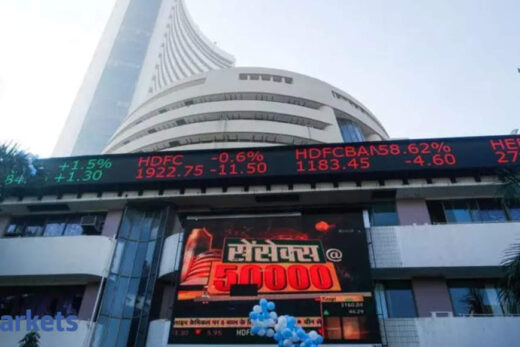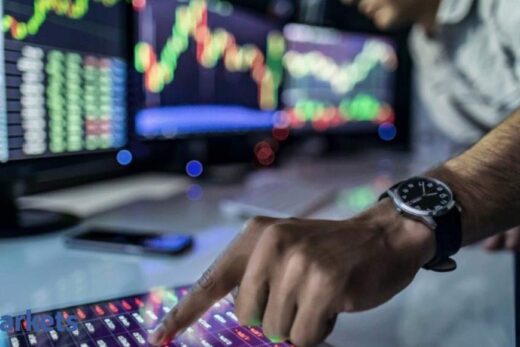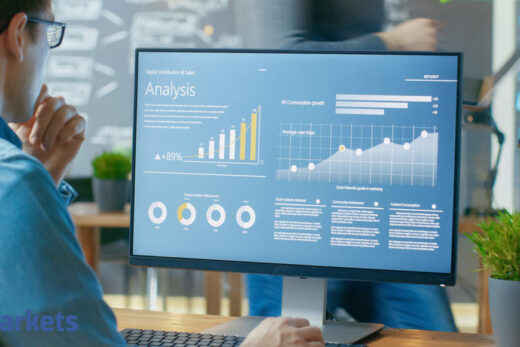“The recent new highs scaled by the market could be driven by irrational exuberance. It is difficult to tell in an environment of exceptionally low interest rates all around and large corporate profits, but still there is no capex to write home about or high levels of market borrowings,” Patra said in his statement to the MPC.
RBI’s MPC had met earlier this month and unanimously voted to keep the repo rate unchanged at 4 per cent and continued with its “accommodative” stance on policy and liquidity.
The benchmark Nifty50 and BSE Sensex have nearly doubled after hitting their multi-year lows in March 2020 during the crash induced by the Covid-19 outbreak. Easy monetary policy at home and abroad, abundant global liquidity and signs of rapid economic recovery have fuelled the gains in equity markets worldwide.
Prior to Patra, RBI Governor Shaktikanta Das, too, had eluded to the disconnect between prices of financial assets and the real economy.
Patra said tradeoffs facing the conduct of the monetary policy may become sharper in the near term, as shocks to economic activity from winding down of measures taken by RBI during the pandemic “will have to be balanced against the persuasive incentive to continue with them, but with the risk of becoming immobilised in liquidity traps.”
Patra also highlighted in his statement that concerns over financial stability have risen. Recently, some economists have suggested that the central bank may soon have to communicate its willingness to normalise liquidity and policy stance as continuing on that path when economic growth is rebounding sharply could create risks to macro-economic stability.
However, he said the near-term outlook on inflation appeared less risky compared with the challenges to growth in the short term “which warrants continuing policy support, at least until the elusive engine of investment fires and consumption, the mainstay of aggregate demand in India, stabilises.”



